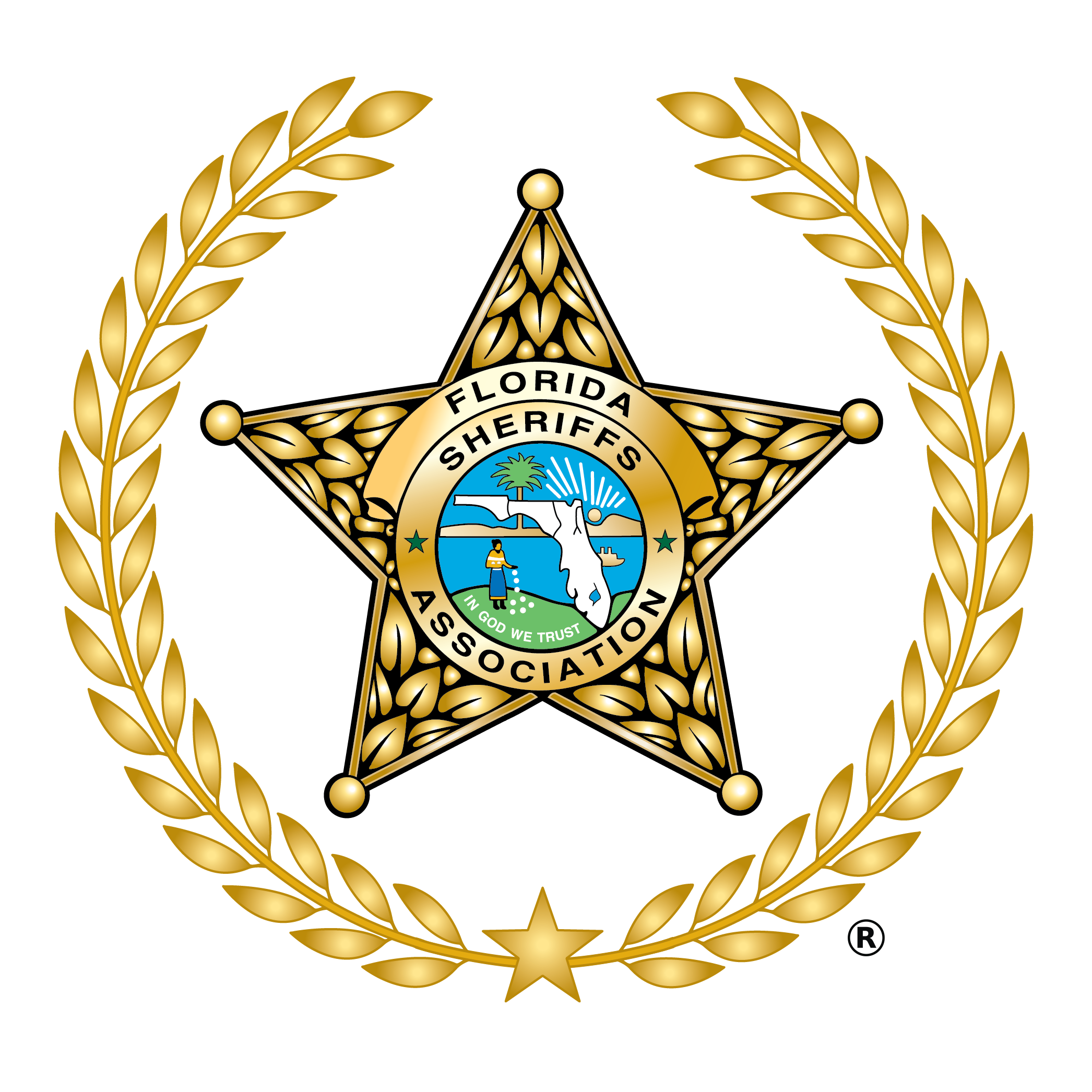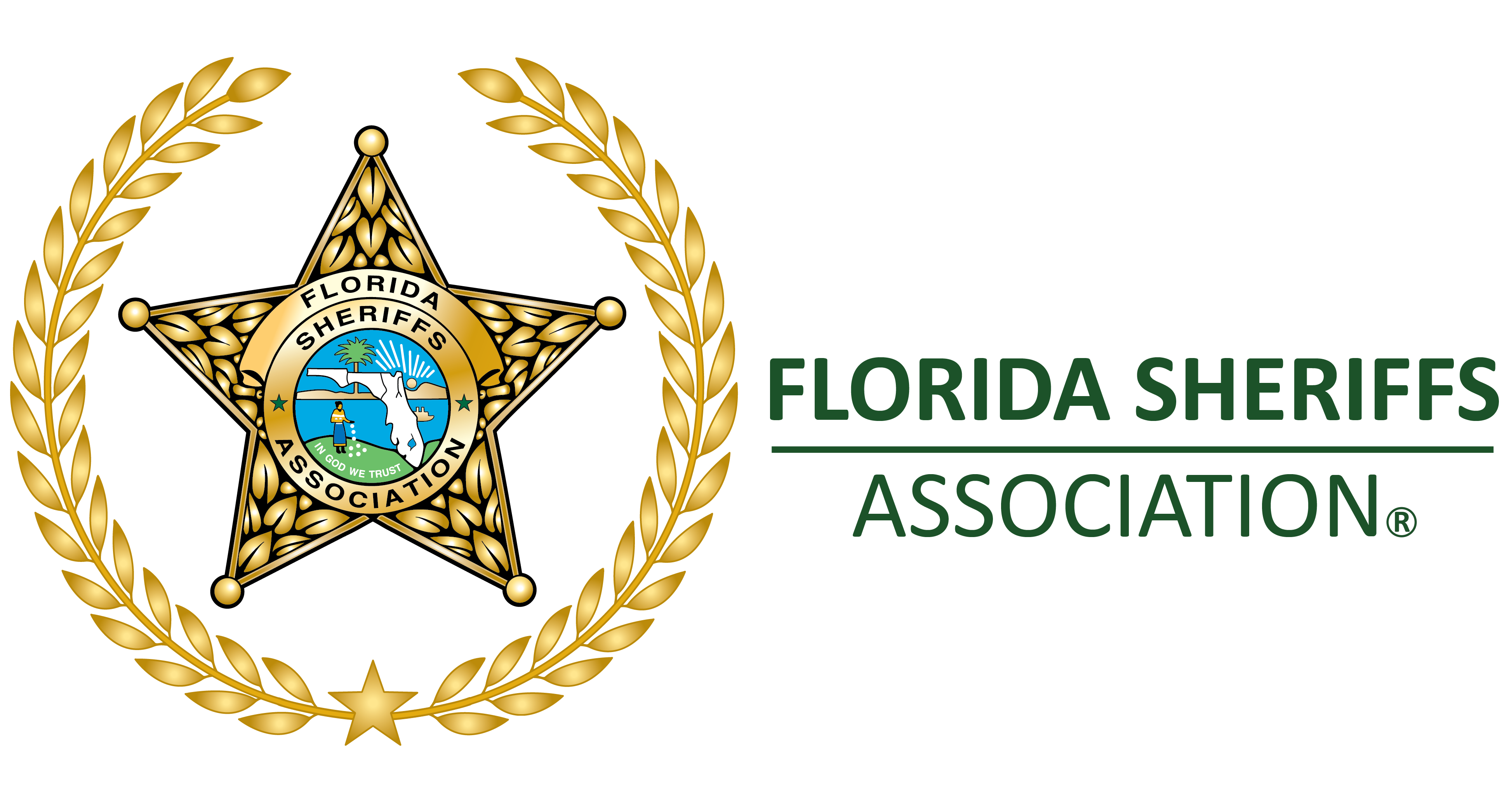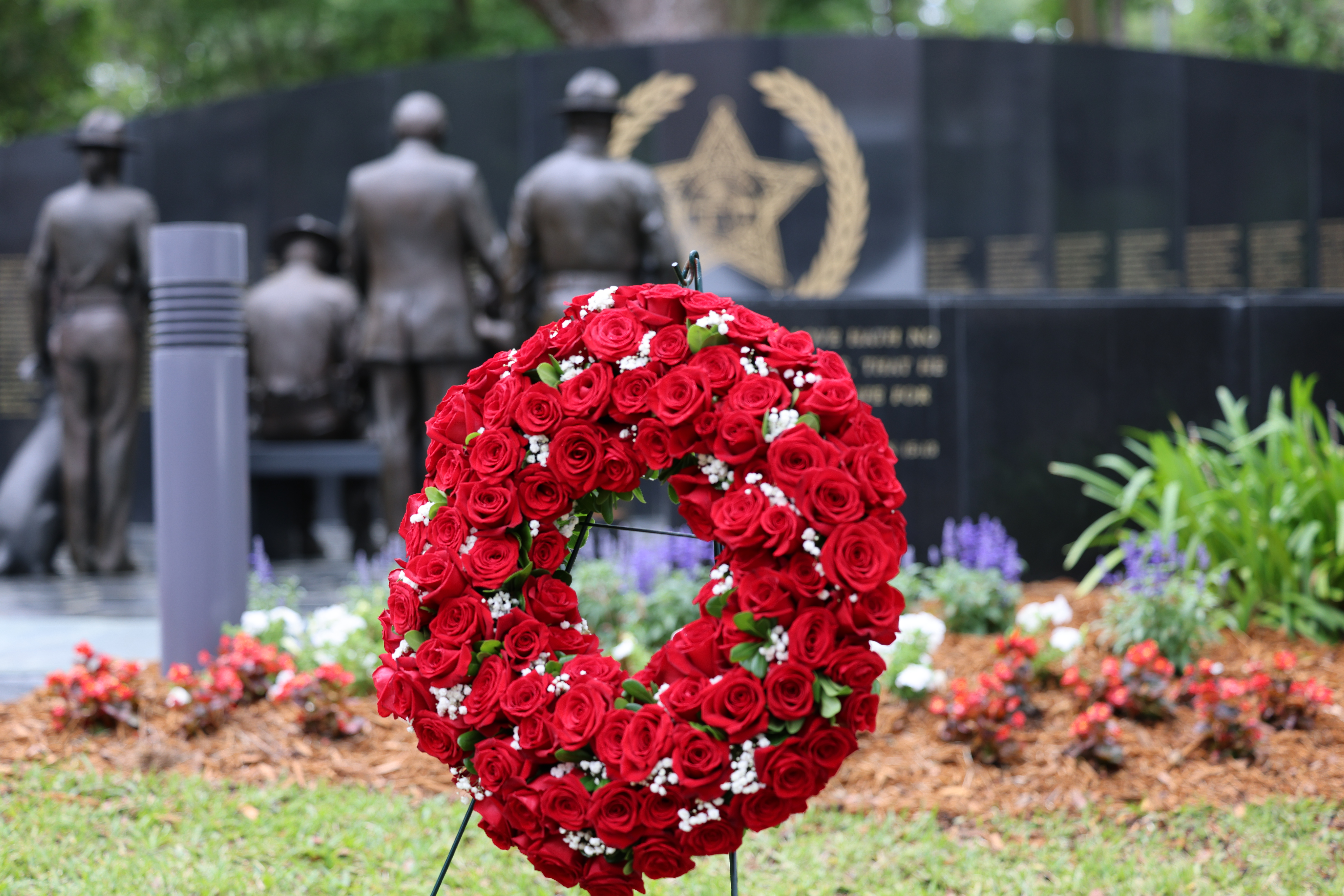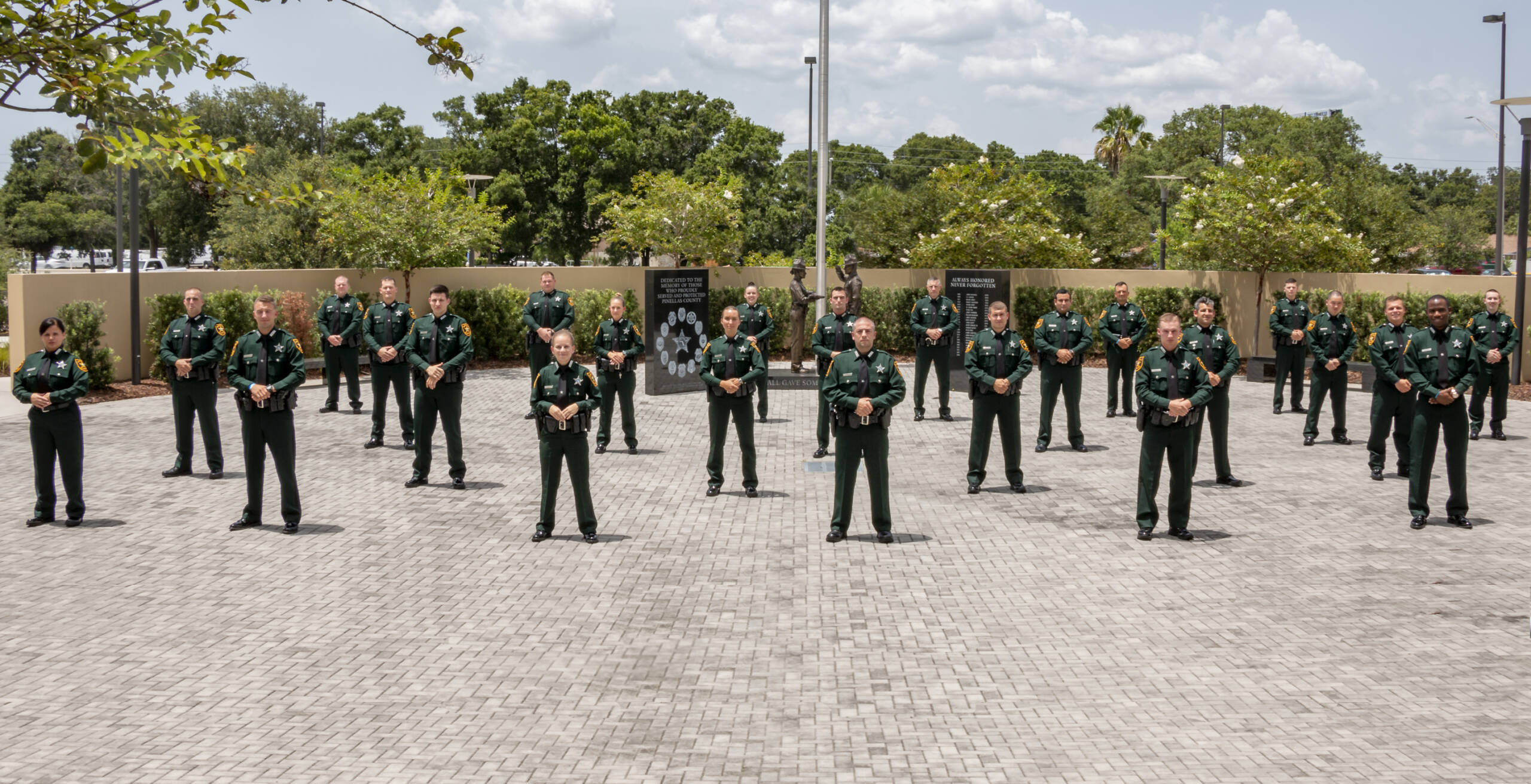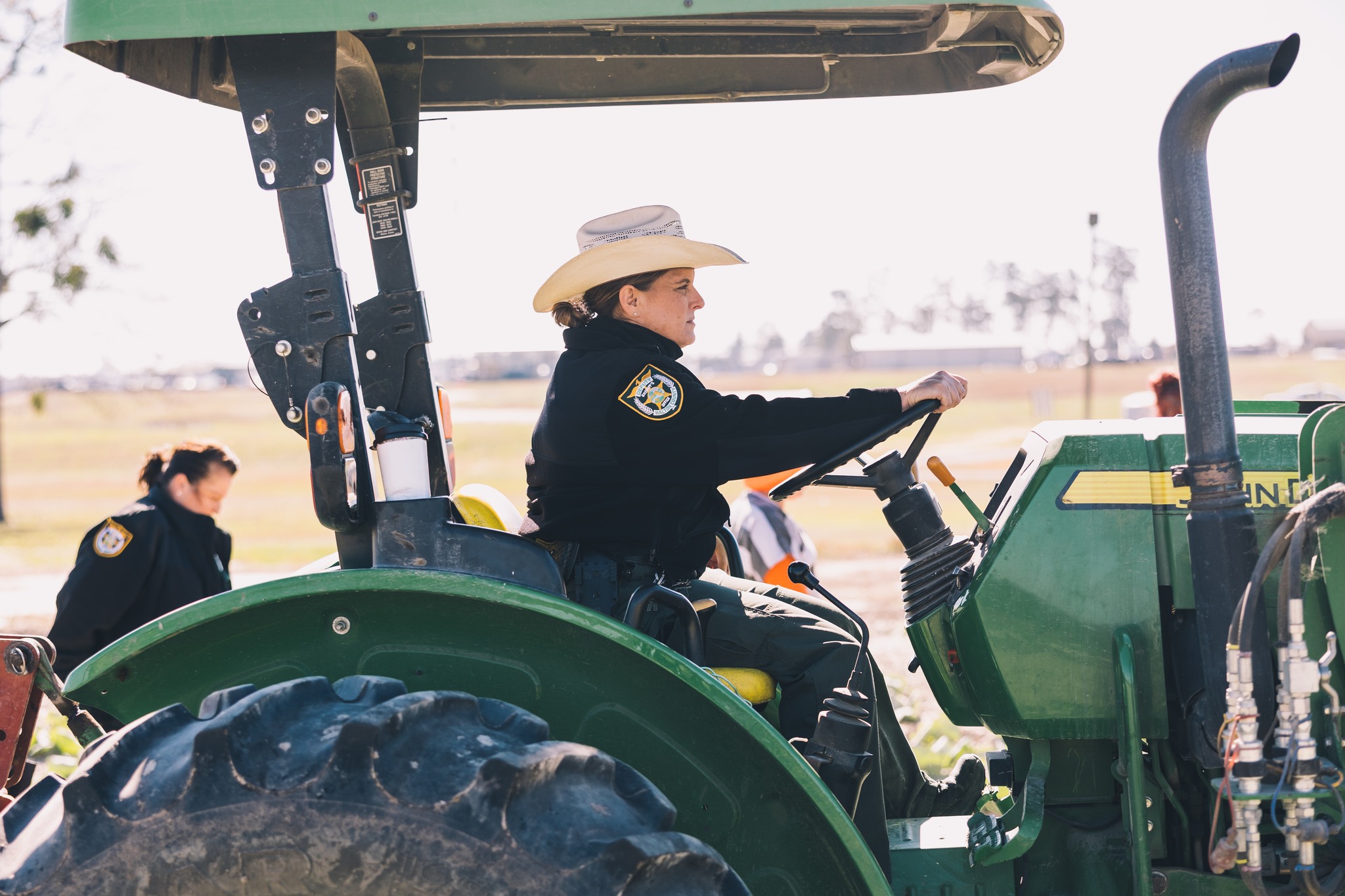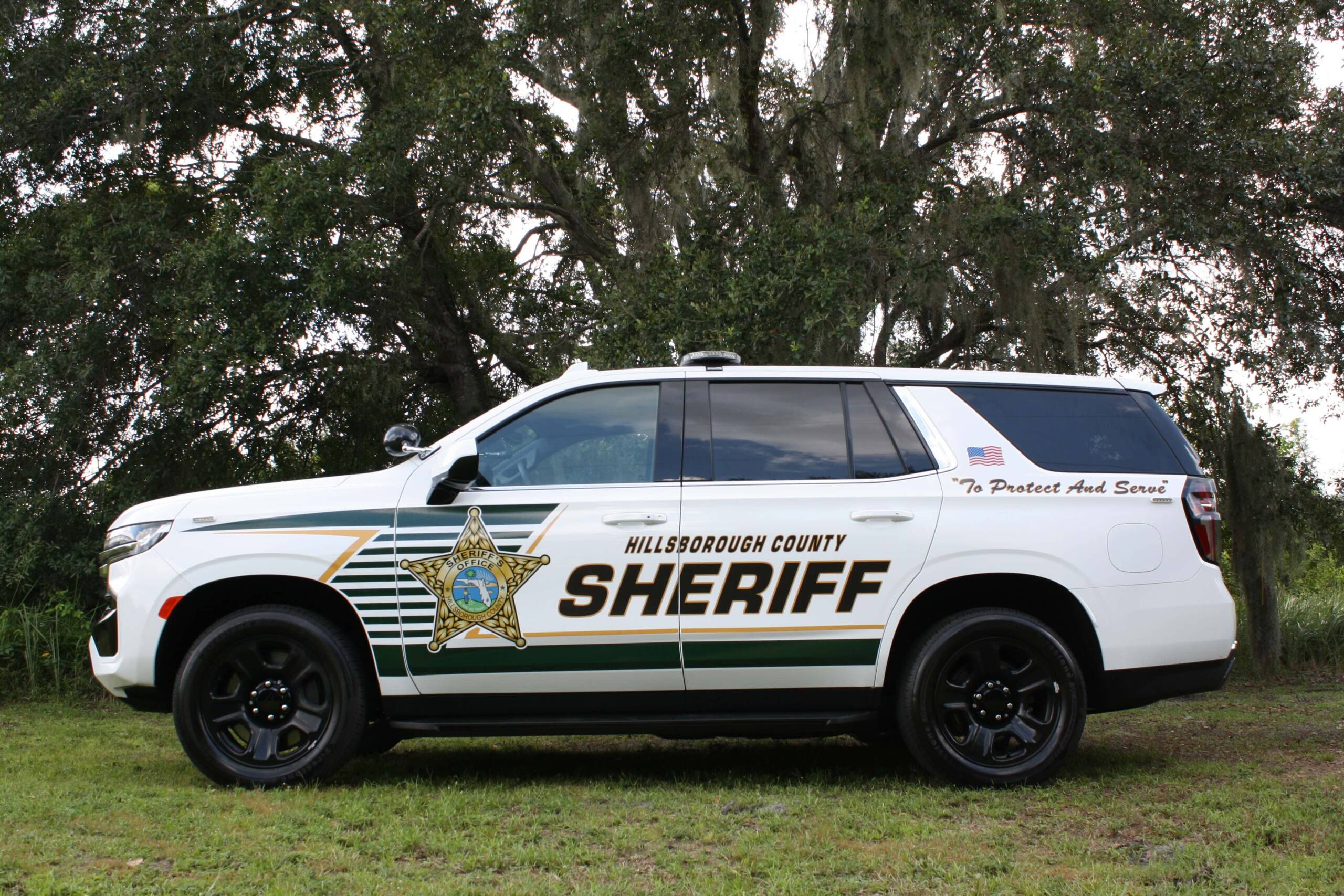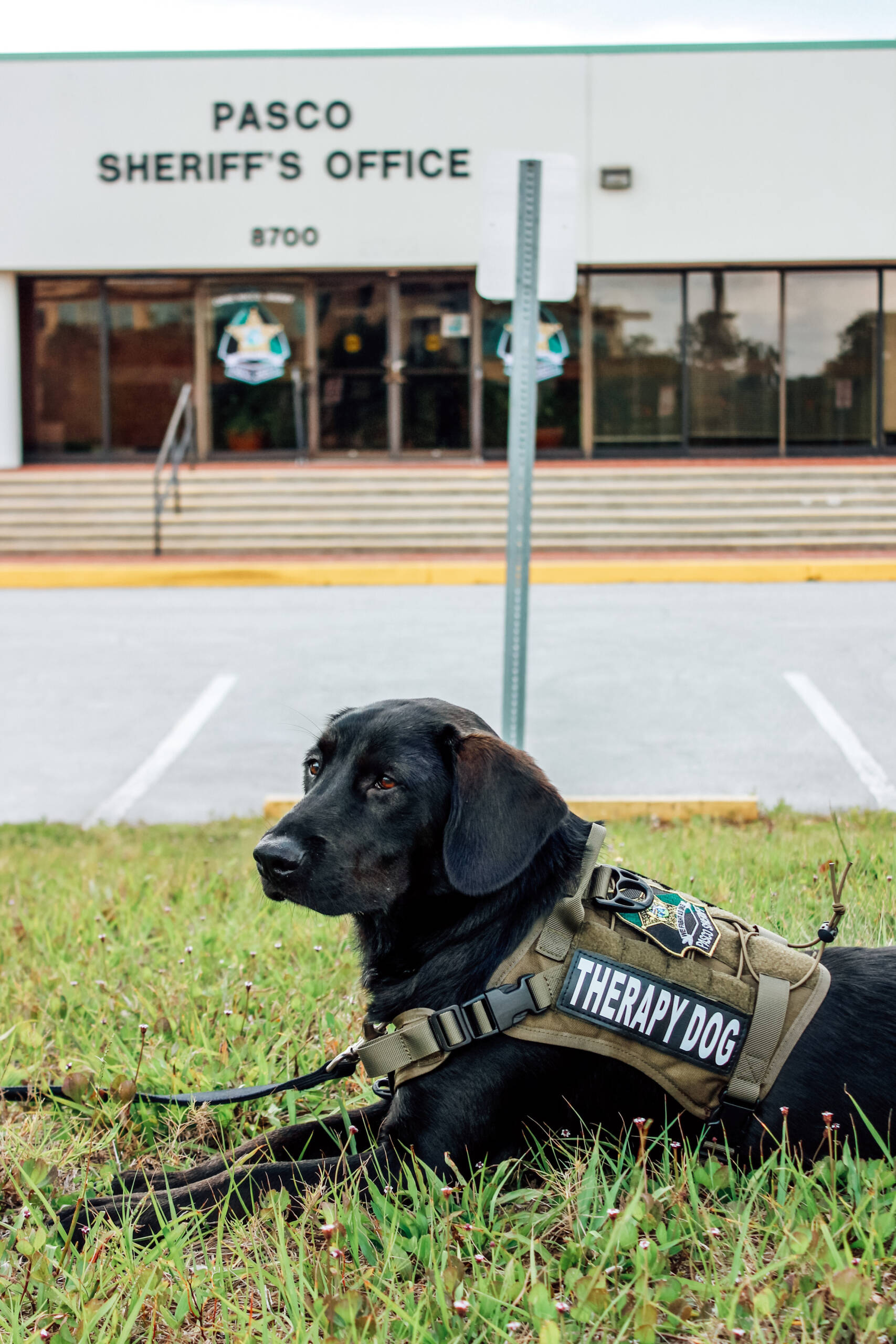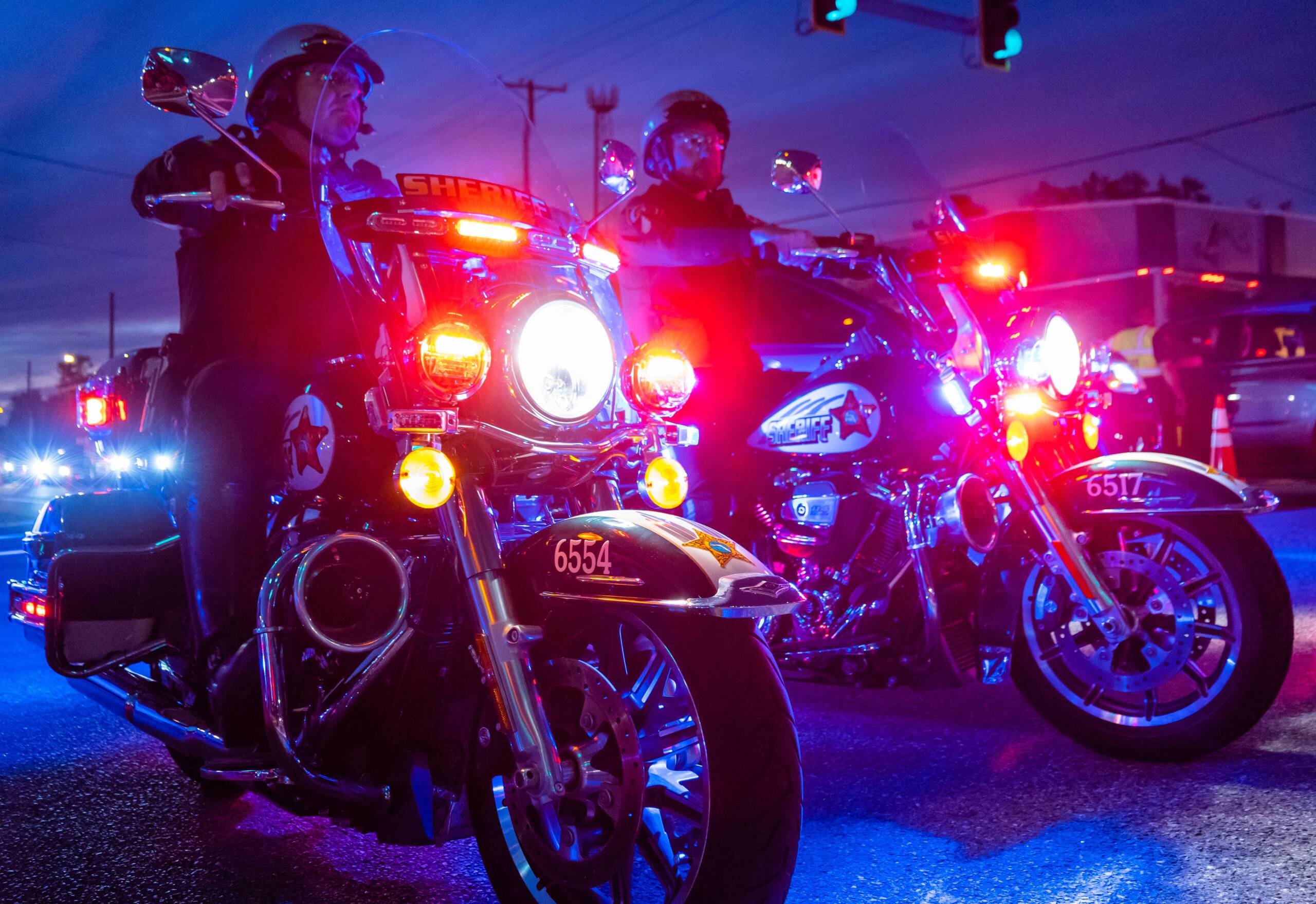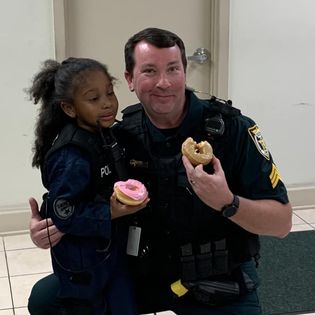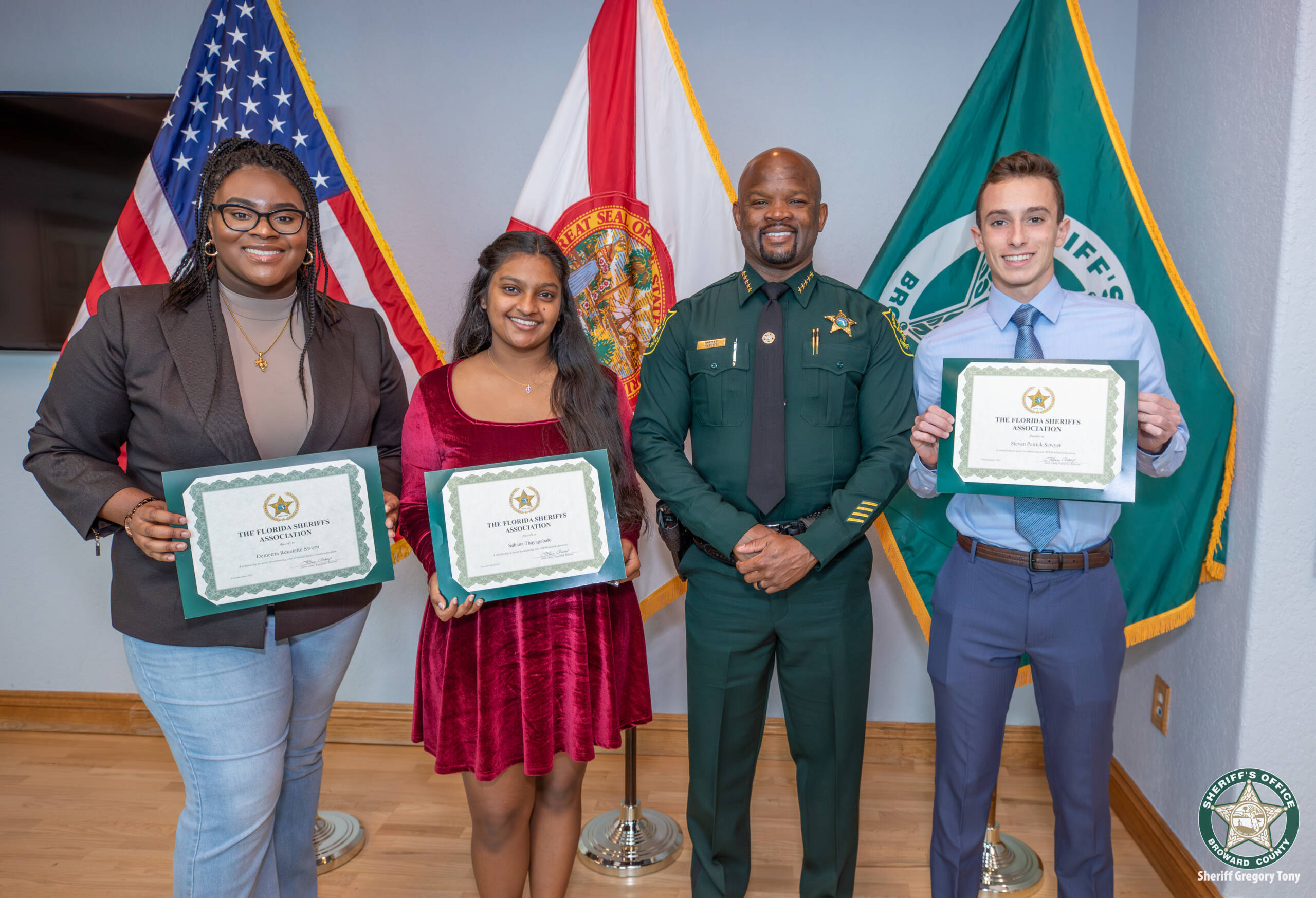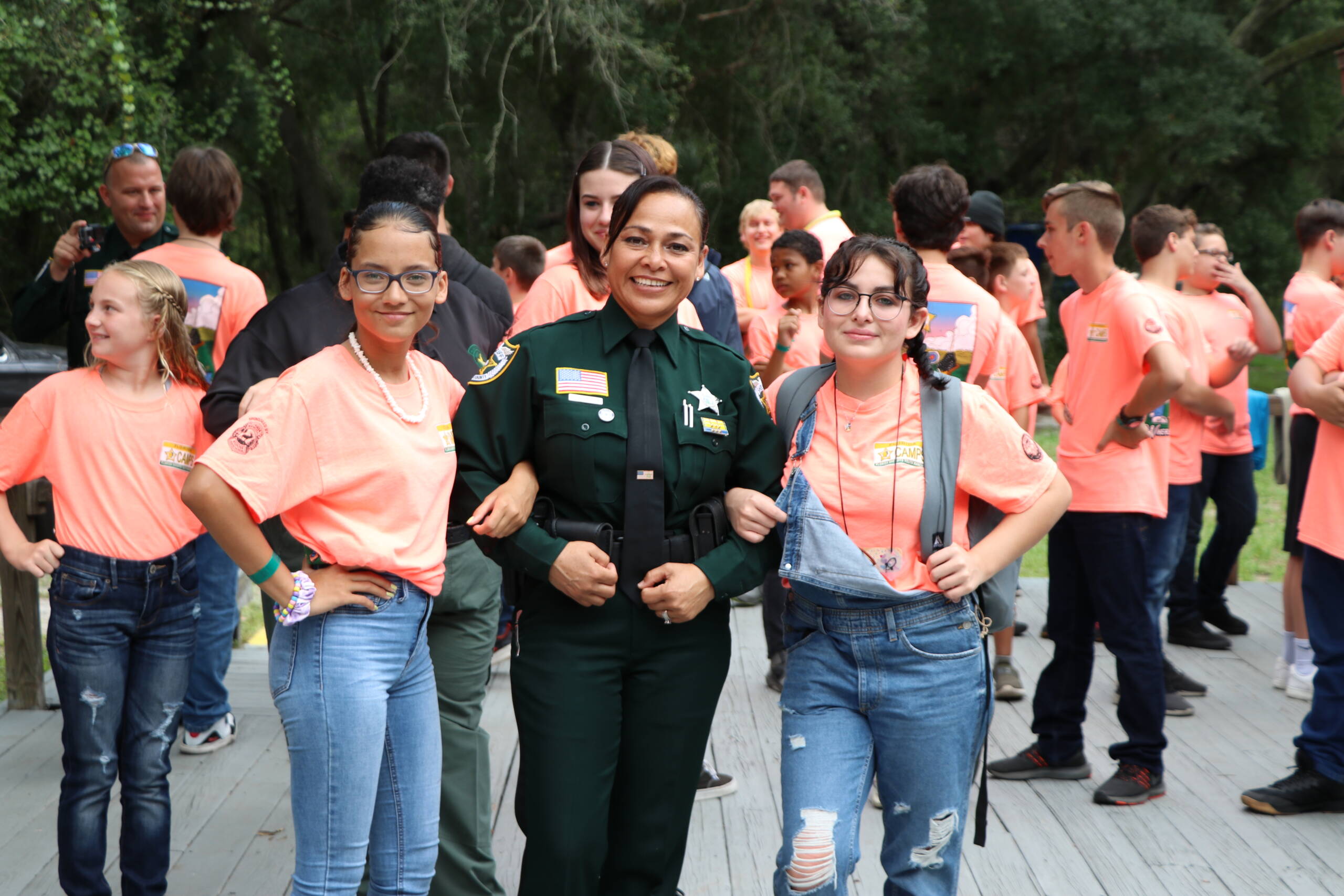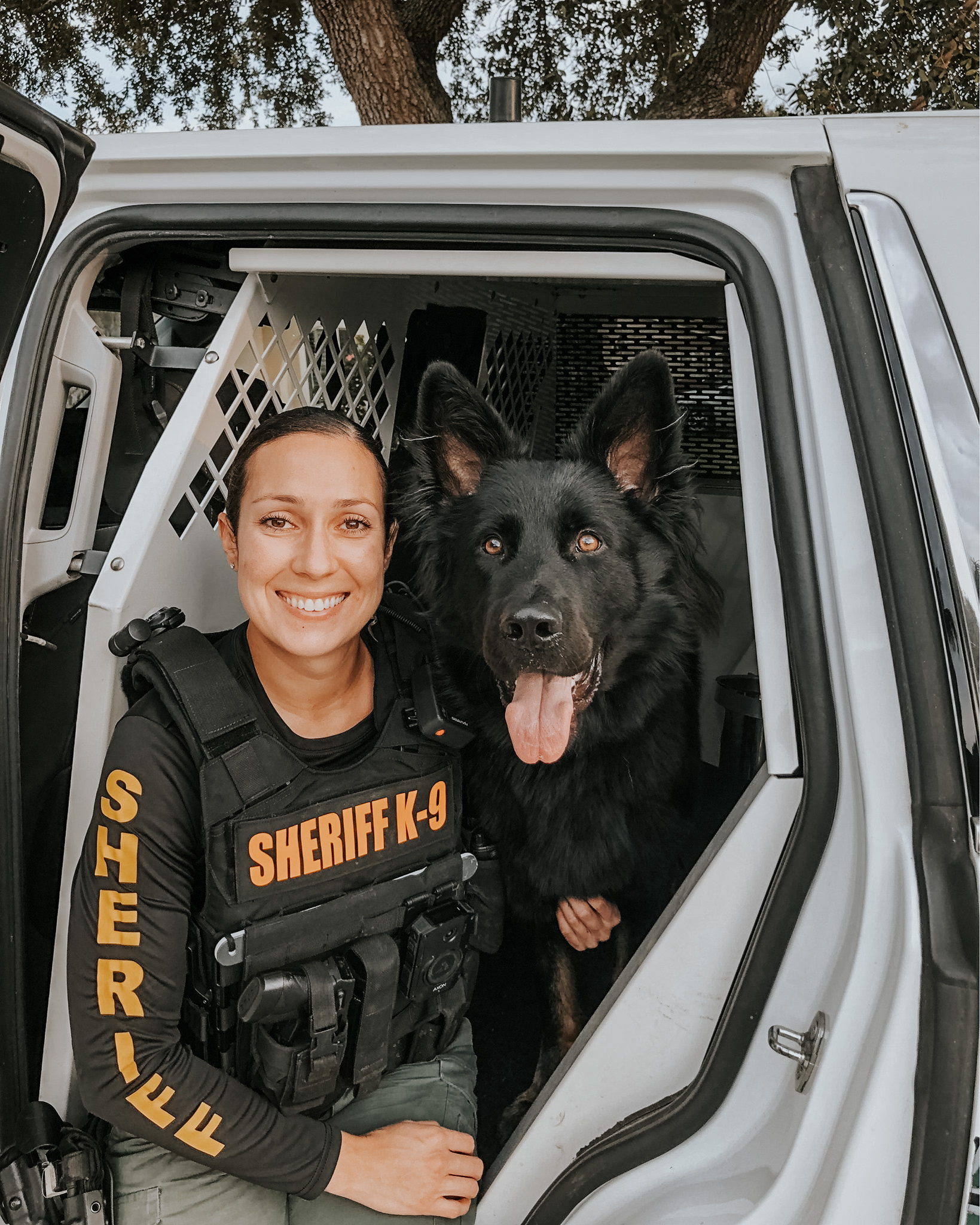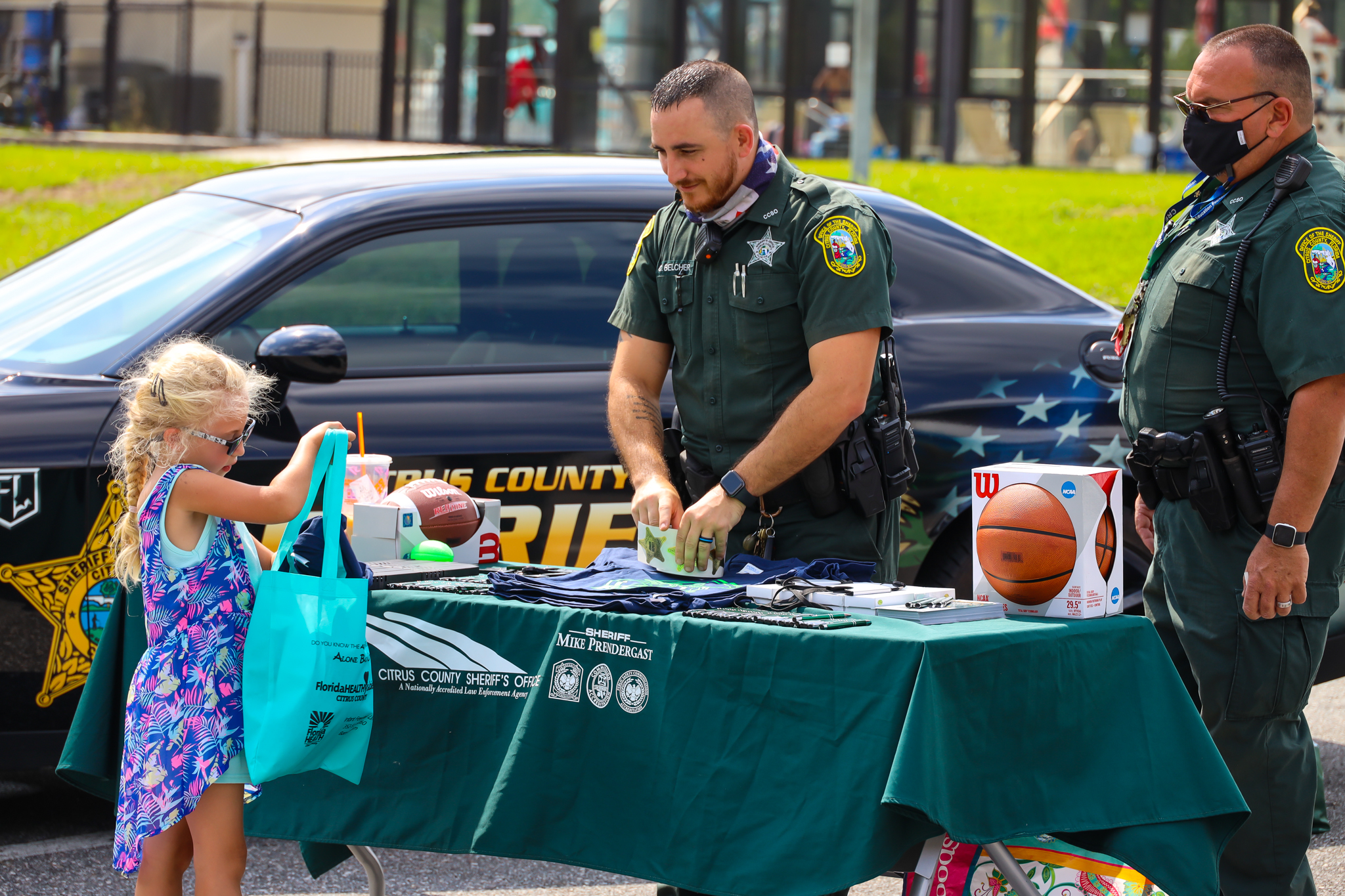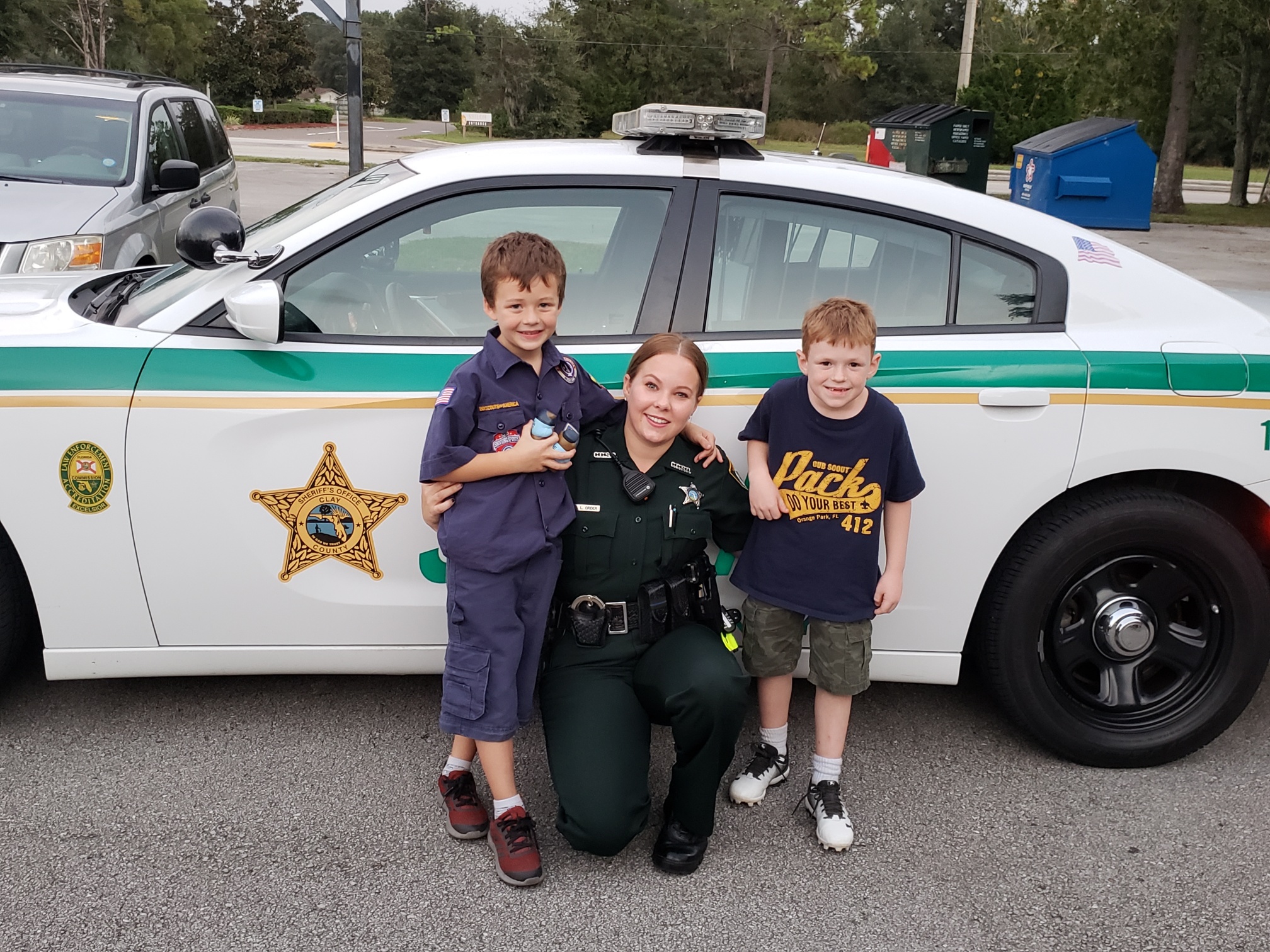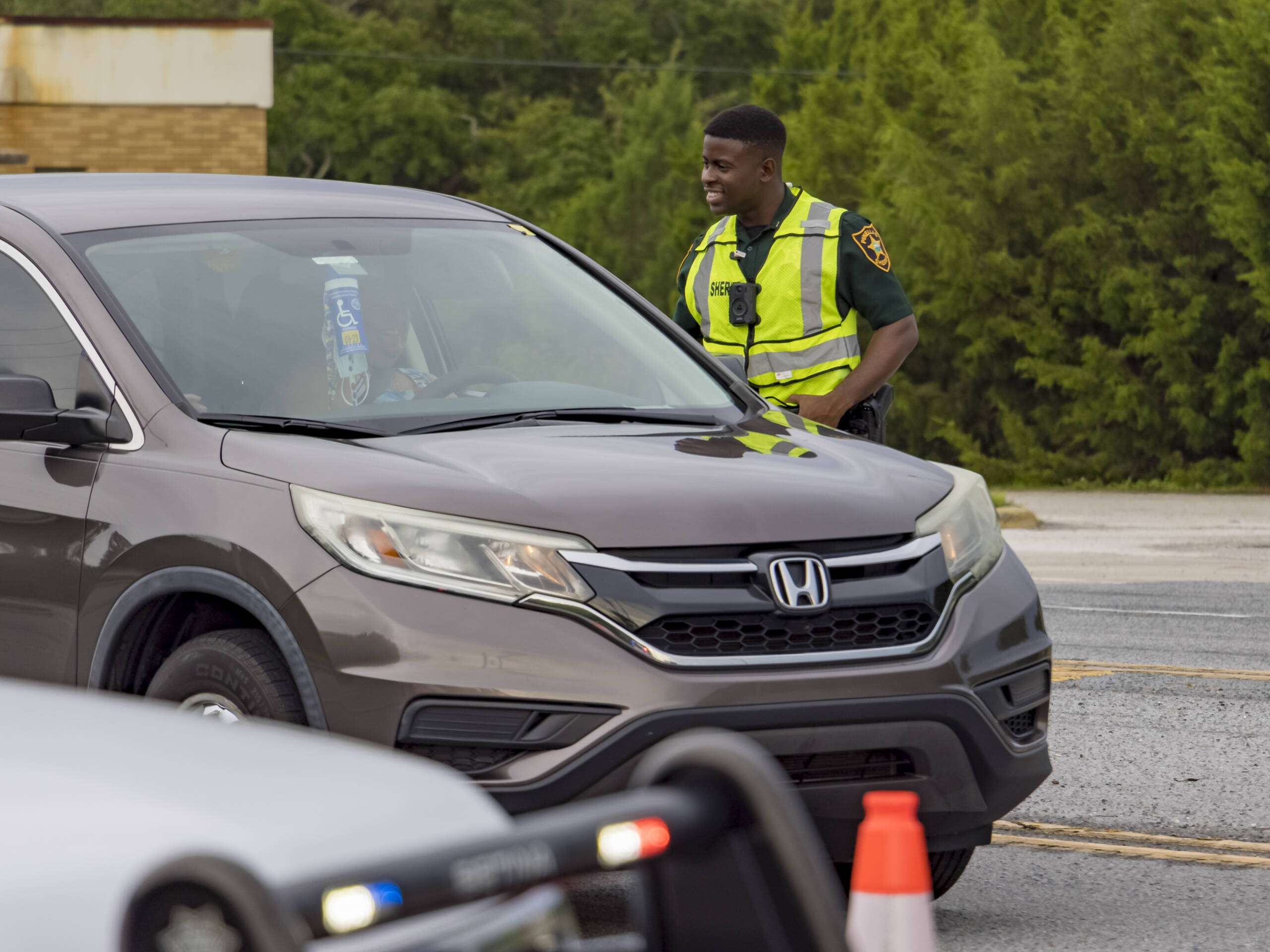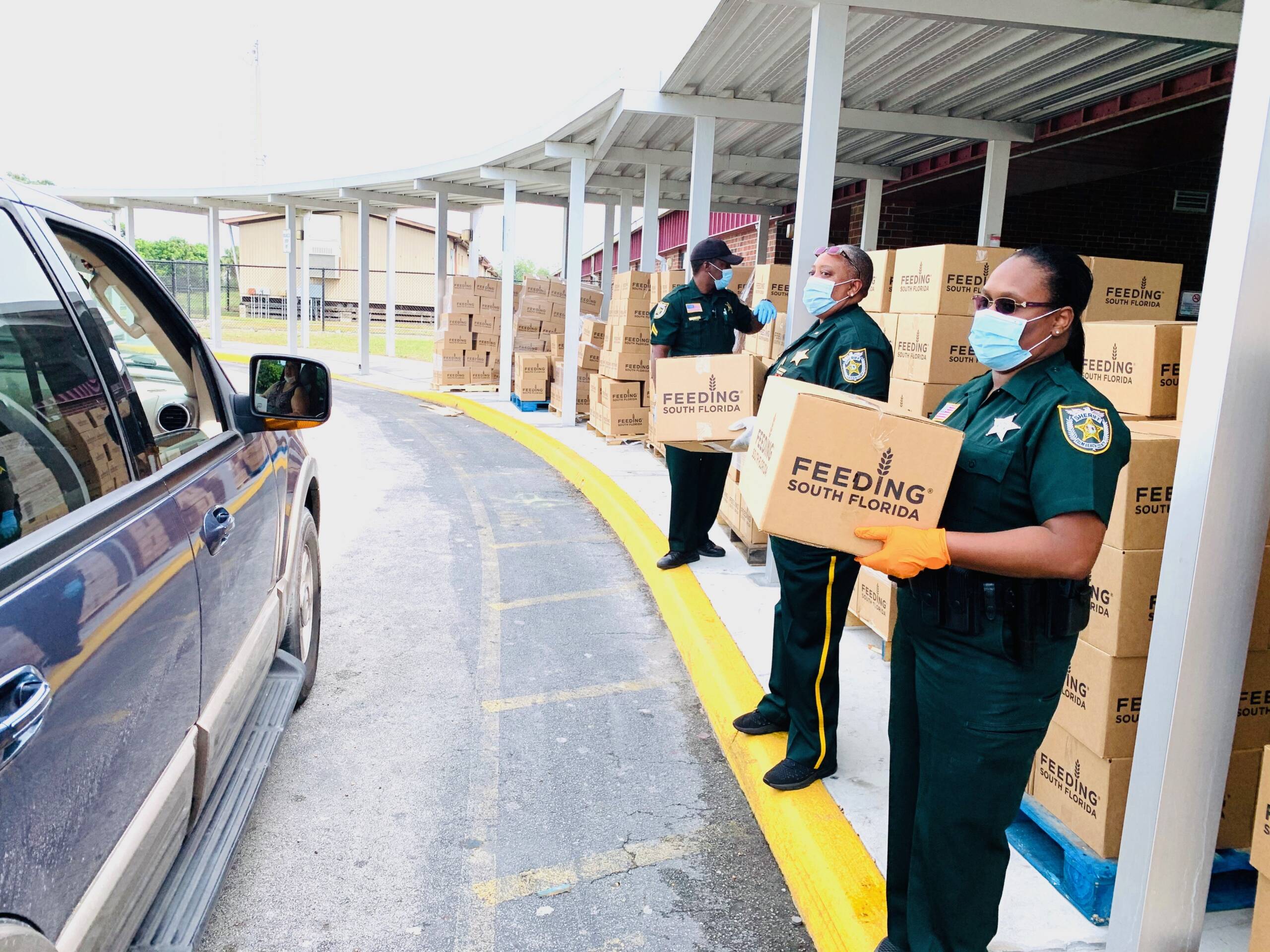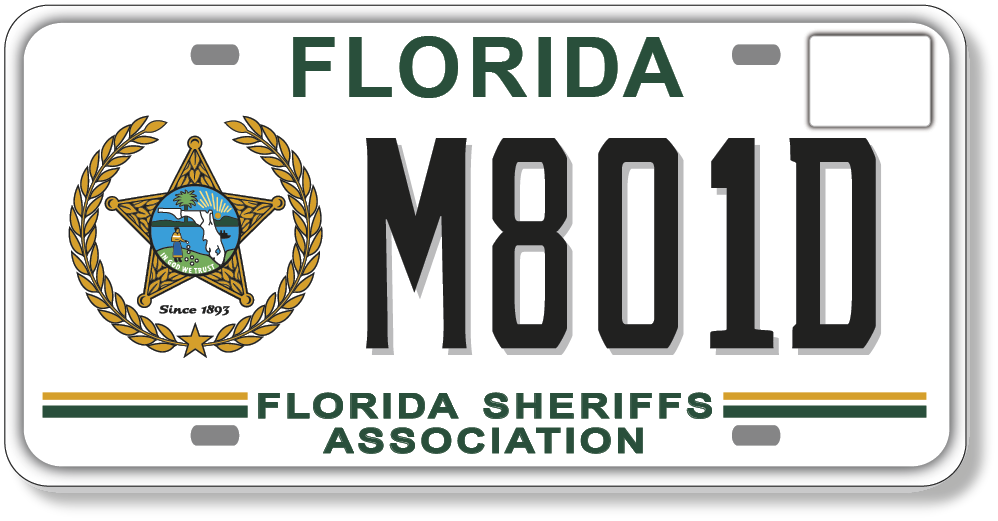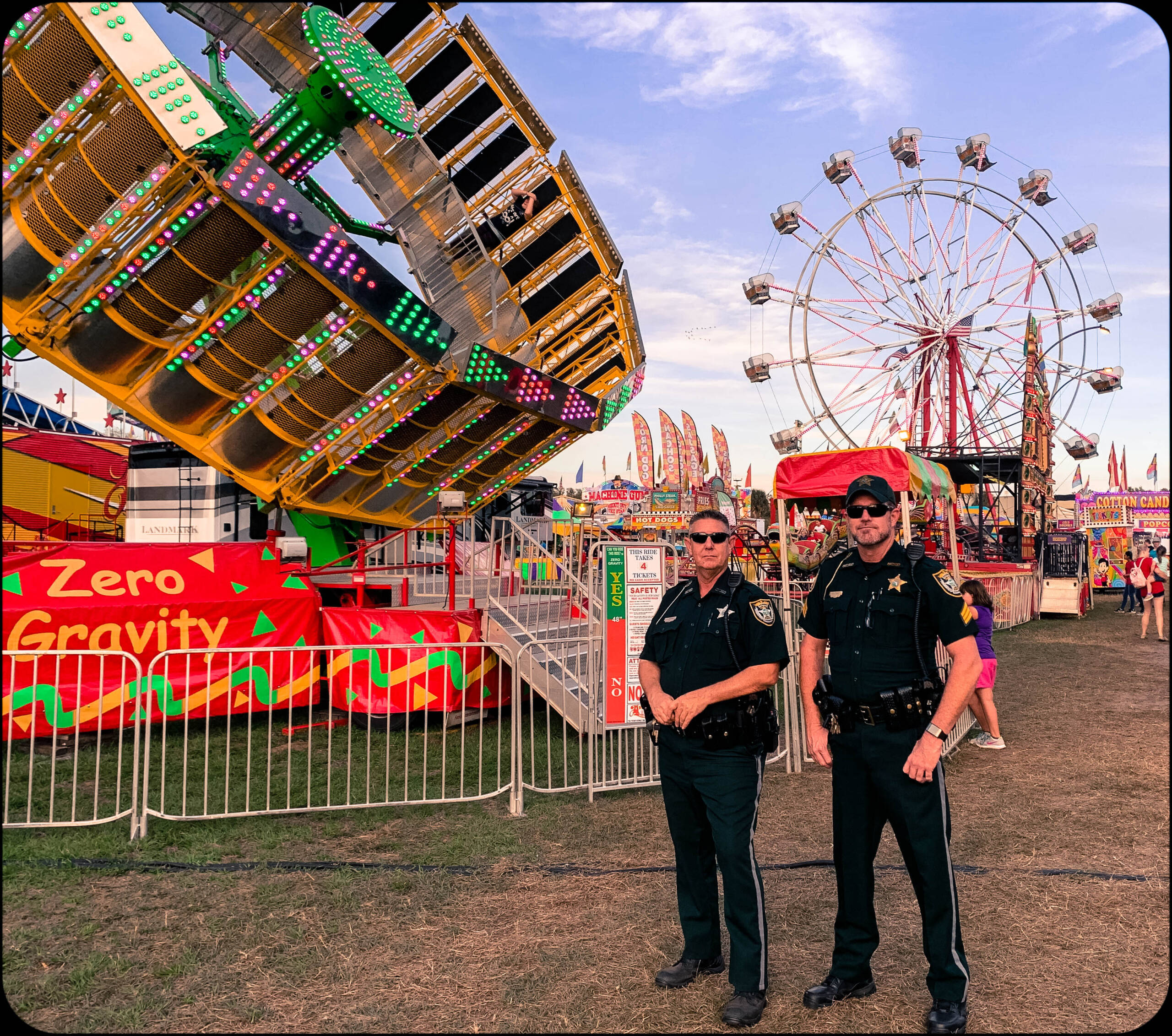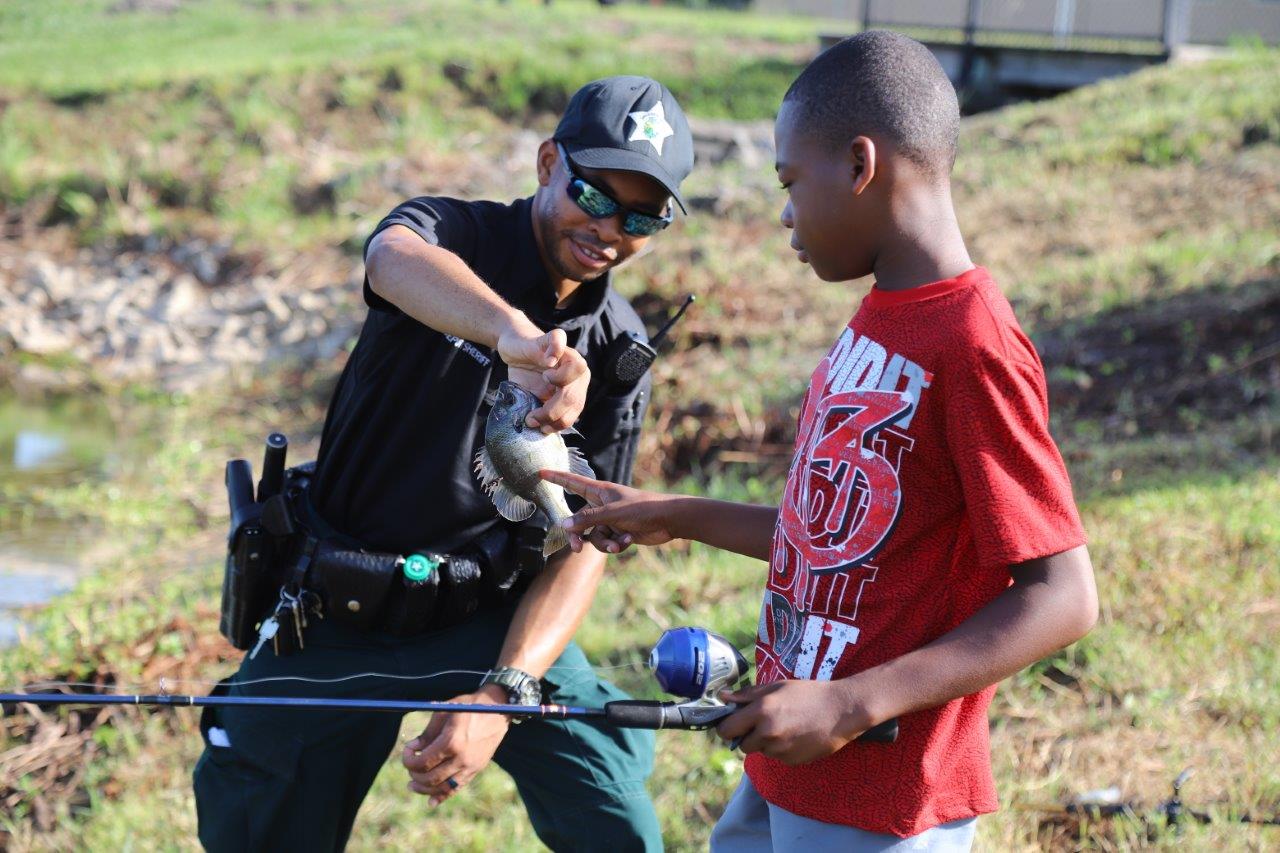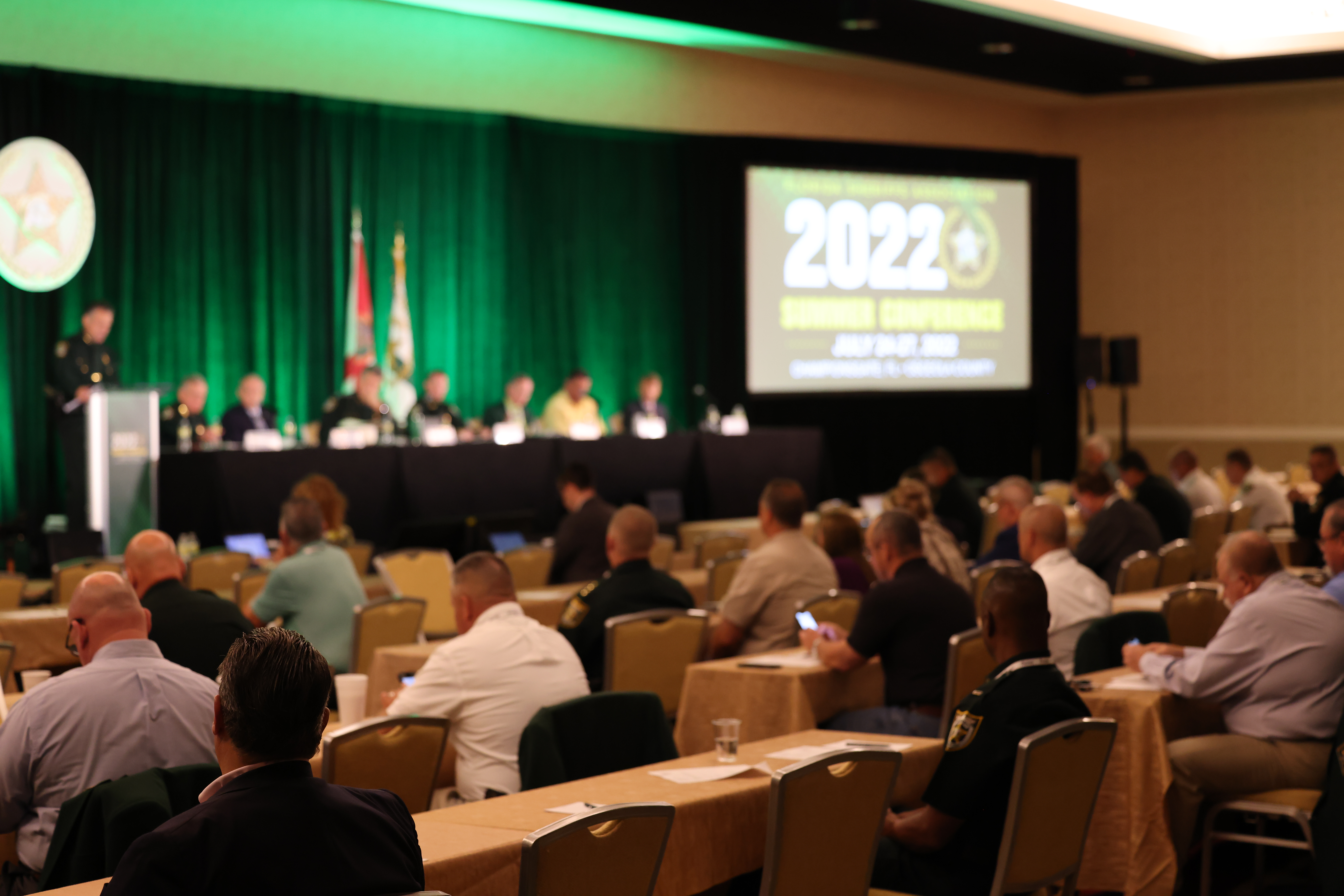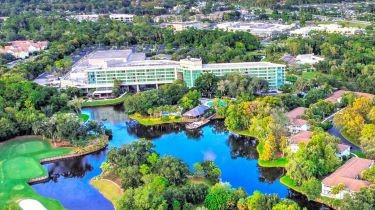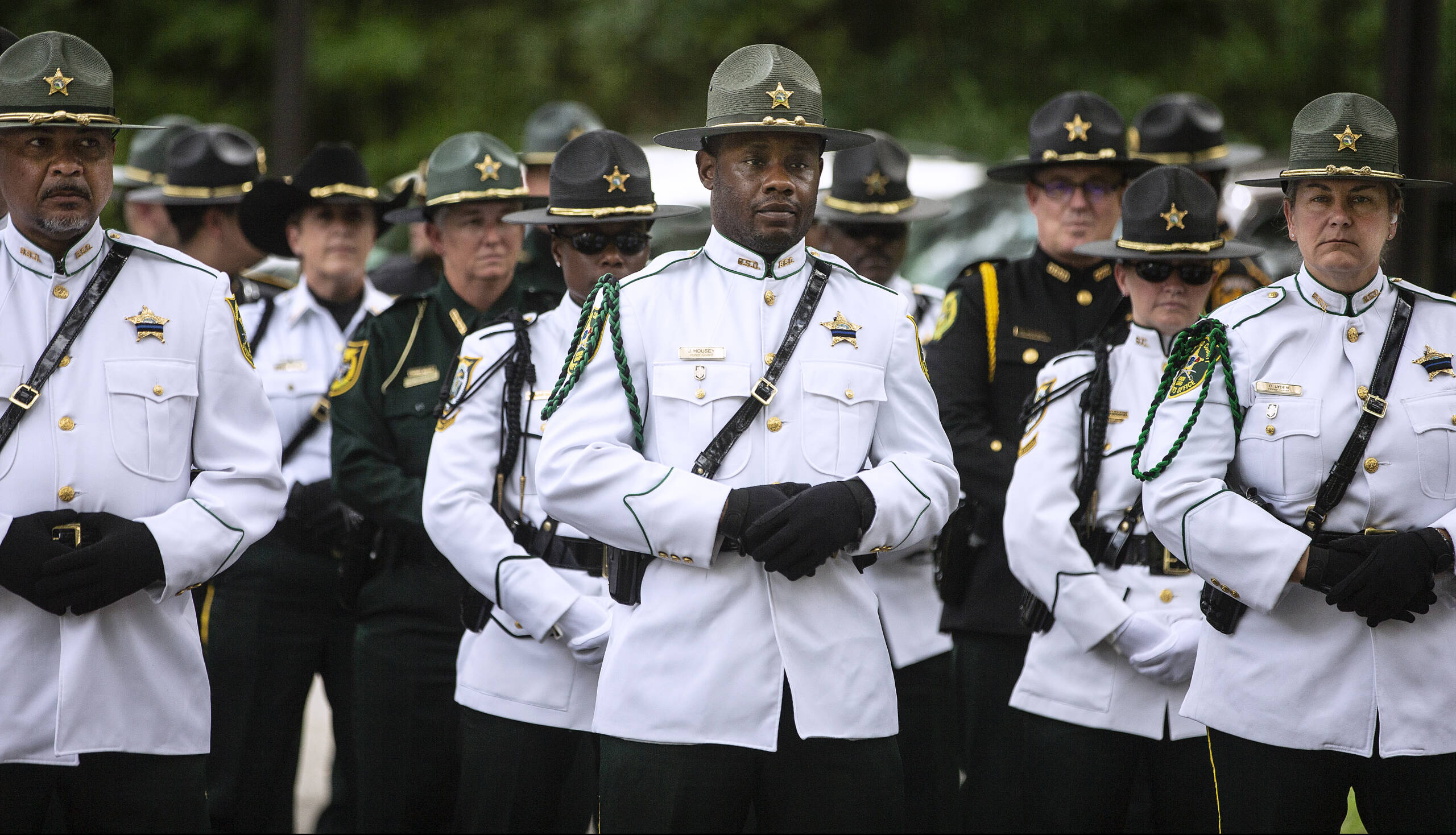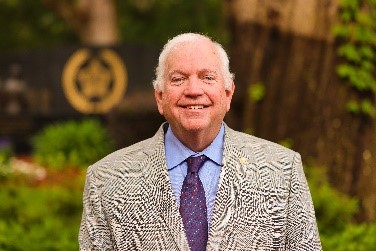The Cuban Missile Crisis: Key West’s Critical Role
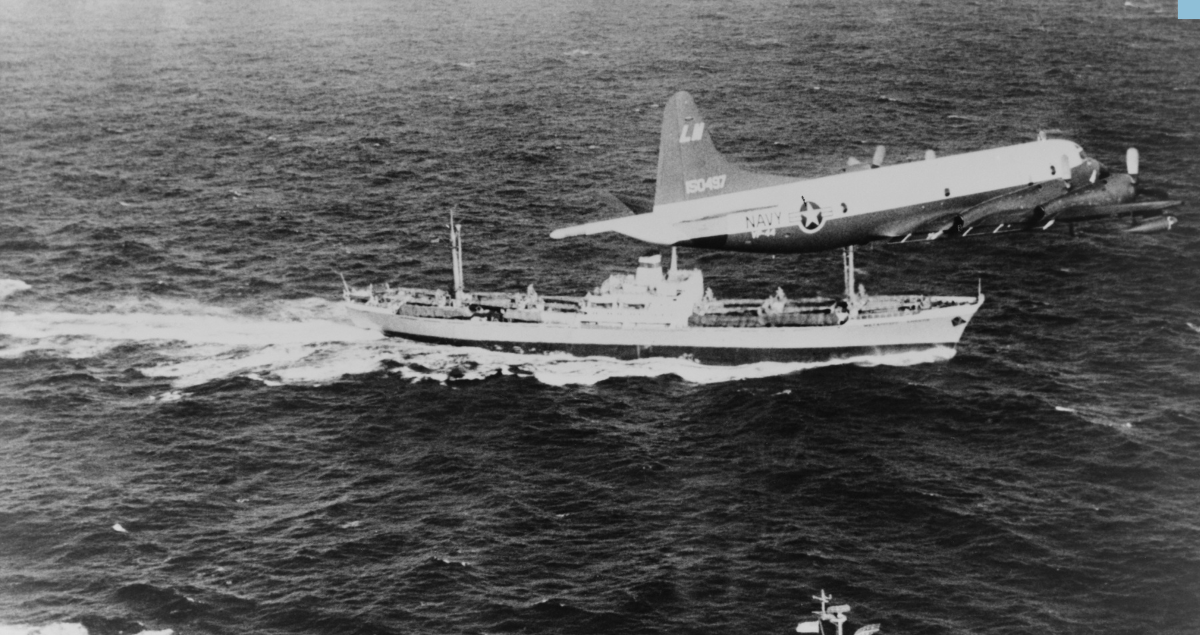
When people think of Key West, images of beaches, sailboats and a party atmosphere come to mind. However, for 13 days in October 1962, Key West was ground zero for the closest the world has ever come to a nuclear war during the Cuban Missile Crisis.
The Cold War and the Days of Duck and Cover
During the late 1950s and early 1960s, the world had become a scary place as the Soviet Union and United States squared off in what became described as a cold war. The world had become a scary place. Air raid sirens and Geiger counters were commonplace but children, in their innocence, accepted it all in stride. After all, the late 1950s was a period of prosperity in which the United States had emerged as a first-rate world power after World War II. However, with so many fingers on the trigger, the very real possibility of the entire country being incinerated in a nuclear attack was real.
Schoolchildren received “duck and cover” drills during which they would get under their desks and cover the back of their heads with their hands. No one knew what good that would do, but there had to be some semblance of a plan. Thousands of bright yellow Civil Defense air raid sirens were placed in cities. Periodically, they would be tested, and citizens would hear the low, growling sound begin as the sirens wound up, eventually reaching a high-pitched screeching. Had it been for real, this would have been the doomsday sound.
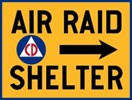
Black and yellow Civil Defense Fallout Shelter signs were placed strategically in most cities; mostly in the bottom floor or basement of large buildings. People built fallout shelters in their backyards; these were the original “preppers.” A wave of tension and unpredictability swept over the country.
The Florida Keys Have a Colorful History
The Florida Keys were occupied by pirates, for hundreds of years, before the U.S. Navy established the Pirate Fleet there in 1822. The Navy still has a strong presence in the lower Keys with the Naval Air Station located on Boca Chica Key. No Name Key, located in the lower Keys, has always been an isolated area. Cuban revolutionaries had used the area to prepare for the Cuban Revolution of 1895 that led to the Spanish American War in 1898.
On January 1, 1959, Cuban President Fulgencia Batista was overthrown by General Fidel Castro’s 26th of July Movement. Castro began to be heavily influenced by Soviet Premier Nikata Khruschev. The Central Intelligence Agency felt having a communist influenced country 90 miles from Florida presented a threat and established several training areas in Florida to train Cuban exiles to take their country back. One of the sites was No Name Key.
With no bridges, and few prying eyes, it was perfect. The subsequent Bay of Pigs invasion, in 1961, was a dismal failure but the Cuban patriots were considered heroes. Premier Khruschev watched carefully and began to plan how he could punch a hole in the United States’ perimeter.
Castro and Khrushchev

After the failed invasion by the exiled Cubans, Castro was convinced the U.S. would send in ground troops to overthrow his regime to regain U.S. business interests he had taken over.
Khrushchev was in the middle of the “Cold War” with the U.S. and jumped at the opportunity to place offensive missiles literally off the shore of Florida.
He rationalized this because the U.S. had missiles in Turkey that could be launched into the Soviet Union. This was his chance, in his mind, to level the playing field. He began shipping missiles to Cuba, building launch sites, and installing troops to protect them. Cuba’s decent into communism began.
U2 Spy Planes
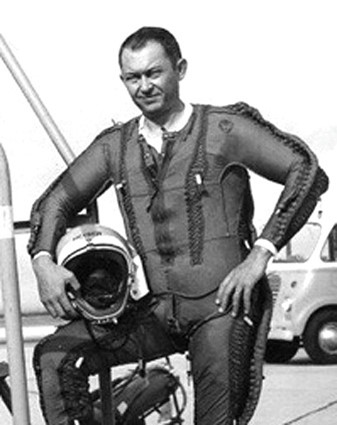
Khrushchev knew that the U.S. had high-altitude spy airplanes because they had shot one down in 1960. CIA pilot Francis Gary Powers was conducting a photographic flight when he was shot down over the Soviet Union. He ejected, survived the flight, was captured, and tried as a spy. He was later repatriated in a spy exchange.
On October 14, 1962, Air Force Major Richard S. Heyser flew a U2 over Cuba at 72,000 feet on a photo reconnaissance mission. Major Heyser, a native of Apalachicola, Florida, had flown combat missions in the Korean war and later combat tours in Vietnam. He flew from Edwards Air Force Base in California and landed at McCoy Air Force Base in Orlando.
The film was immediately flown to the National Photographic Intelligence Center in Washington D.C. Analysts identified the Soviet missile sites under construction. The U2 camera he used is now in the National Air & Space Museum.
The Standoff
When the images taken by Heyser’s U2 clearly showed missiles and missile bases under construction, President Kennedy gathered his closest advisors to consider options. The joint chief of staff advised to launch an air strike to destroy the bases followed by troops being sent ashore. In the end, the president decided on a less aggressive course and on October 22nd ordered a naval quarantine of Cuba.
The semantics of using the term “quarantine,” instead of “blockade,” was a softer term that did not assume a state of war existed. The same day, Kennedy sent a letter to Khrushchev declaring that the U.S. would not permit offensive weapons to be delivered to Cuba and demanded that the bases be dismantled.
He also went on television and advised the American people of the missiles and announced a naval quarantine of Cuba to prevent more missiles from being delivered, citing the Monroe Doctrine: “It shall be the policy of this nation to regard any nuclear missile launched from Cuba against any nation in the Western Hemisphere as an attack by the Soviet Union on the United States requiring a full retaliatory response.” The stage was set. The U.S. and the Soviet Union had squared off.
The Naval Quarantine
U.S. Navy ships were dispatched on October 22nd to the North Atlantic to quarantine shipping going into Cuba. While it wasn’t called such, it was consistent with blockades the Navy had been doing ever since they had wooden sailing ships.
On October 27, Air Force Major Rudolph Anderson was killed when his U2 was shot down over Cuba on another photo mission. On the same day, a U.S. Navy Destroyer began dropping practice depth charges into the ocean to try to force soviet submarines to the surface. The practice depth charges had no high explosives.
One Soviet Captain was so rattled that he prepared to launch a 10-kiloton nuclear torpedo at the American ships. Cooler heads prevailed when the Soviet Task Force Commander did not approve the launch. Tensions were running high. As the situation developed, some of the Soviet ships turned away from their course to Cuba. Secretary of State Dean Rusk whispered his now famous comment to National Security Advisor McGeorge Bundy, “We’re eyeball to eyeball and the other fellow just blinked.” However, some of the ships continued their path to Cuba.
Then, the strangest thing happened. ABC news correspondent John Scali reported to the White House that he had been approached by a Soviet agent suggesting that an agreement could be reached in which the Soviets would remove their missiles from Cuba if the U.S. promised not to invade the island. Maybe this message was from Khruschev, maybe not as it suggested political turmoil within the Soviet leadership.
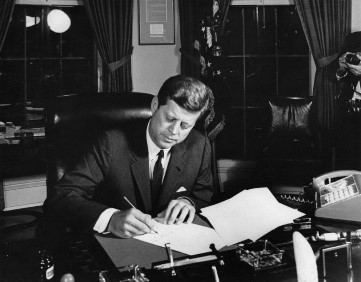
The president dispatched Attorney General Robert Kennedy to meet secretly with Anatoly Dobrynin, the Soviet ambassador to the United States. The Attorney General, Kennedy’s brother, indicated that the U.S. was planning to remove the Jupiter missiles from Turkey, but this could not be part of any public resolution of the crisis.
He also pledged not to send in U.S. ground troops. The next morning, October 26, Khrushchev issued a public statement that Soviet missiles would be dismantled and removed from Cuba.
Key West
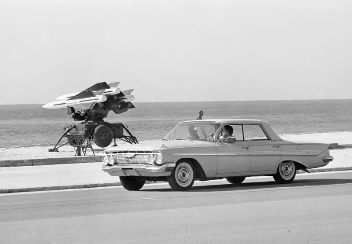
On October 23, the day after the naval quarantine began, the U.S. Army began to descend on Key West to prepare for war. The island lifestyle, enjoyed by tourists and long-time residents known as “Conchs,” suddenly turned into machine guns, barbed wire, and HAWK missile batteries. Jets and bombers flew overhead as they landed on nearby Boca Chica Key. The famous Casa Marina hotel, built in 1920, was taken over by the Army and used as its headquarters.
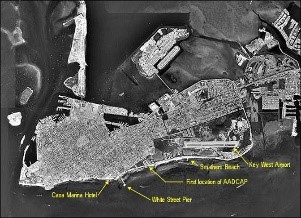
Ground to air missiles were set up at the Casa Marina Hotel, White Street Pier, Smathers Beach, Higgs Beach, and around the Key West airport. Others, along with radar sites, were situated at Key Largo. Eventually the missile placements were removed, and the troops went home. But, for 13 days in October, tiny Key West was ground zero in the closest the world has ever come to nuclear war.
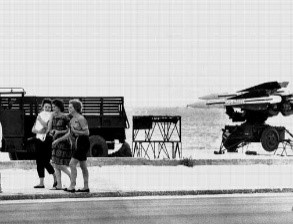
The Legacy of the Cuban Missile Crisis
Today, the Florida Keys, or “The Conch Republic,” boasts sport fishing, year-round good weather, and many historical festivals in Key West, making it one of the most popular tourist destinations in Florida. The tourists have no idea that a nuclear war almost occurred here in 1962. But the Conchs do. A “Conch” is a person born in Key West and they are usually multi-generational. Cuban Americans, many descendants of the Alpha 66 and Brigade 2506 freedom fighters, live throughout Monroe County and keep alive the history of the two countries.
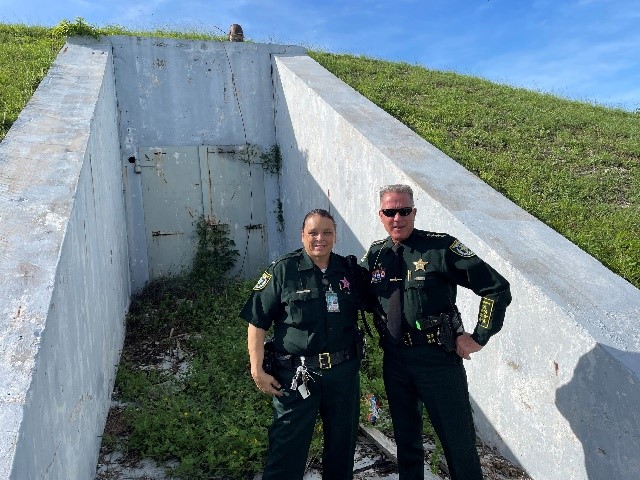
Monroe Sheriff Rick Ramsay has several collectibles of the era displayed in his office. One is a Japanese light machine gun that was ostensibly turned over to the U.S. Army at the end of World War II. This weapon was seized from a boat that was enroute from the Keys to Cuba, probably for a raid, years ago.
And so, how did a World War II era Japanese machine gun fall into the hands of Cuban insurgents? One possibility is that the U.S. Army Office of Strategic Services, that would later segue into the Central Intelligence Agency, simply kept it to distribute later with plausible deniability.
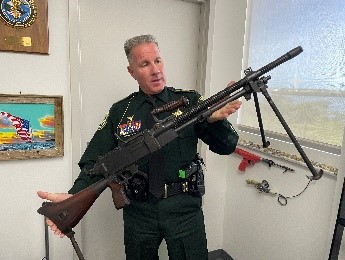
Another artifact in Sheriff Ramsay’s possession is a Browning .50 caliber machine gun that was given to the Monroe County Sheriff’s Office by the U.S. Army during the crisis. This was the military’s way of adding a force multiplier when they were preparing for war.
Periodically, a Cuban pilot will defect with an aircraft landing at the Key West airport. Several crop dusters and a Russian MIG fighter plane are among the different types of aircraft that have landed there. The Cuban Ambassador will contact the U.S. Department of State and the airplane is returned with the pilot requesting political asylum.
In 2005, a Russian made Antonov-24 twin-engine turbo prop landed with several passengers asking for political asylum. The Cuban government wanted it back. However, years before, Cuba had shot down a small “Brothers to the Rescue” plane that had been flying over the Florida Straits looking for Cuban rafts fleeing the communist country. The families of the deceased pilots sued to obtain possession of the Antonov-24 as partial reparations. Since the Federal Aviation Administration would not certify the airplane to fly in the U.S., possession changed hands several times with it eventually becoming the property of Monroe County. Most recently, even though it had fallen into total disrepair, it was purchased by a movie production company to be eventually used in a movie.
So, if you visit Key West and are strolling down the beautiful beaches, take a few minutes to think about the Cuban Missile Crisis and what may have been.
